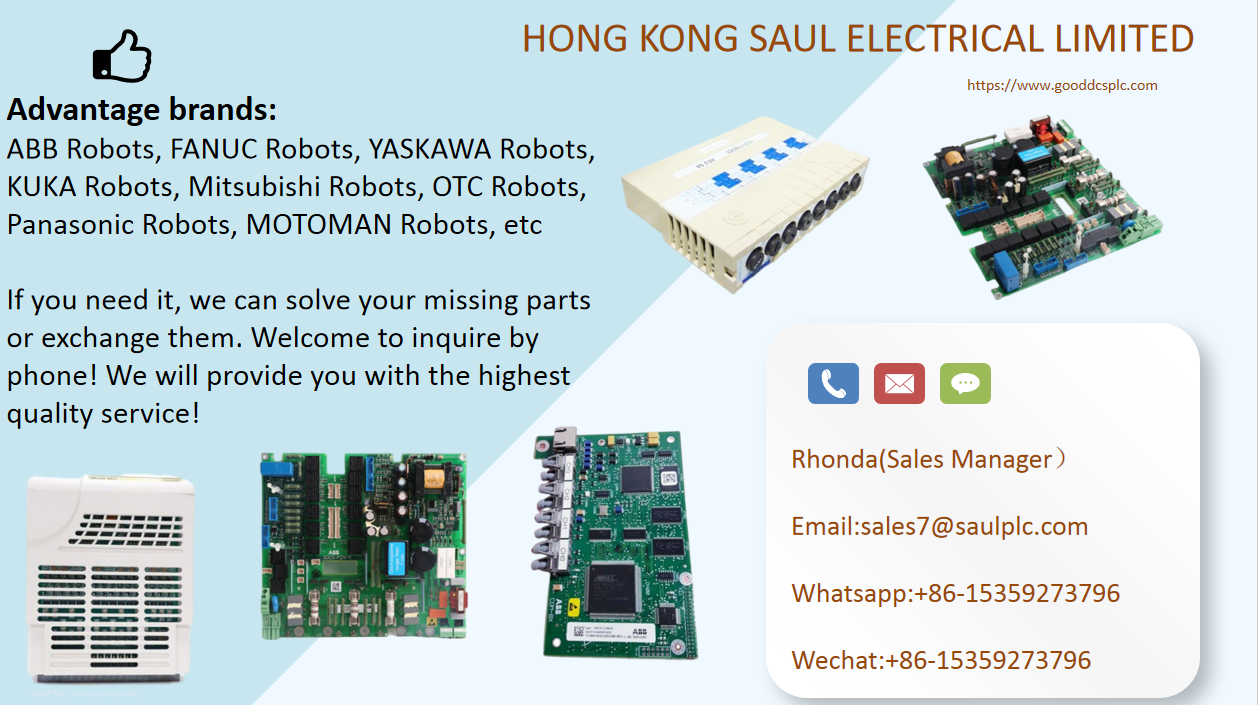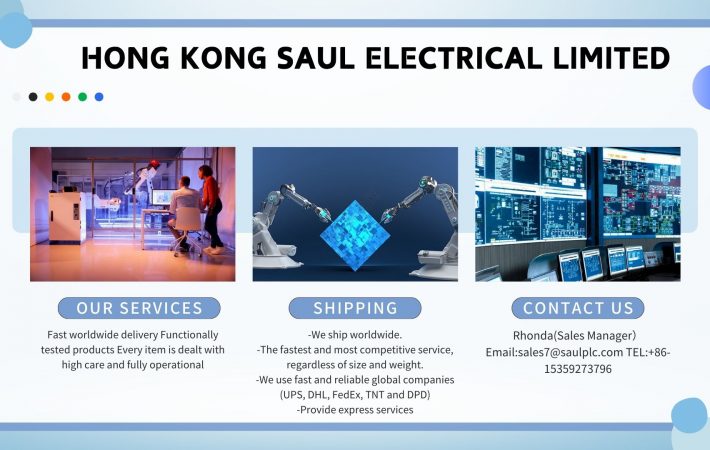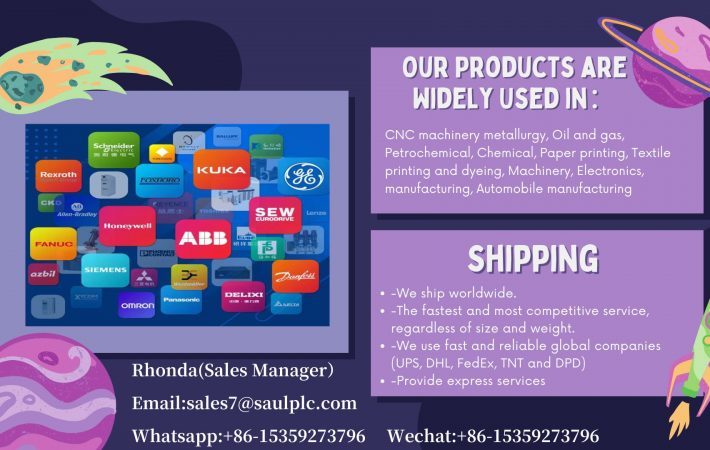Preface:
Emerson, a giant enterprise in the field of industrial automatic control, has always been a backbone of industrial control hardware and software. As one of Emerson’s important products, intelligent platform discrete control products hold a large share in China.
However, due to the constantly changing market demand and rapid technological progress, Emerson’s intelligent platform products are also constantly evolving. In this situation, we need to have a more comprehensive and in-depth understanding of intelligent platform products, including discontinued and on sale models, as well as the programming software and communication protocols they use.
This article will introduce the history and development of Emerson’s intelligent platform, provide a detailed explanation of how the intelligent platform went from GE to Emerson, provide a detailed explanation of its discontinued and commercially available intelligent platform models, and test the communication protocol of the intelligent platform through experiments. At the same time, we will also discuss the programming software of PLC and how to address the security threats of intelligent platforms in practical applications.
1. Emerson DAUT
Emerson is a global technology and software company that provides innovative solutions for important industries worldwide. Industrial control products and solutions mainly belong to Emerson DAUT.
Emerson DAUT (Discrete Automation Technology) is headquartered in St. Louis, Missouri, USA. DAUT has a wide range of applications in industrial control and automation, and its control system department produces multiple PLC product lines, including PACSystems RX3i, VersaMax PLC, VersaMax micro, etc. Mainly used in the oil and gas industry, mining and metal industry, power and renewable energy industry, shipbuilding industry, water treatment industry, subway and tunnel industry, intelligent manufacturing industry, etc.
2. GE Intelligent Platforms
General Electric Company, abbreviated as GE, was founded by Thomas Eddie in 1892. Its main business areas include aviation, electricity, healthcare, railways, oil and gas, and its business covers the world. GE’s intelligent platforms (departments) mainly include industrial control products and solutions.
GE Intelligent Platform is a global enterprise headquartered in Charlottesville, Virginia, USA. It is a subsidiary of GE and mainly provides users with automation control software, control and communication solutions, as well as military and aerospace embedded systems. GE Intelligent Platform is a software, hardware, service, and professional technology supplier in the field of automation and embedded computing worldwide.
3. Introduction to GE Fanuc
GE Fanuc is a part of GE’s Control Systems department, established in 1998. Its main business covers industrial automation, control systems, PLCs, and configuration software. Its products can be used in various industrial fields including automation, process automation, national defense, automotive manufacturing, communication, medical, and aerospace.
GE Fanuc is the world’s first to launch the PAC system as a new generation control system.
What is the difference between PAC and PLC based on historical background analysis and multiple occurrences of PAC?
The main difference between PACs and PLCs lies in the firmness and reliability of the product. Specifically, the performance of PLCs mainly depends on hardware, and the execution of programs mainly relies on hardware chips, which limits the functional prospects and openness of the system. PLC is a proprietary operating system, and compared to general real-time operating systems, its reliability and functionality are limited, which leads to the specificity and closure of the overall performance of PLC.
The performance of PACs is based on their lightweight control engine, using a standard, universal, and open real-time operating system, embedded hardware system design, and not relying on hardware chips. Their software performance is superior to PLCs The performance of PAC is based on its lightweight control engine, standard, universal, and open real-time operating system, embedded hardware system design, and backplane bus.






Leave a comment
Your email address will not be published. Required fields are marked *